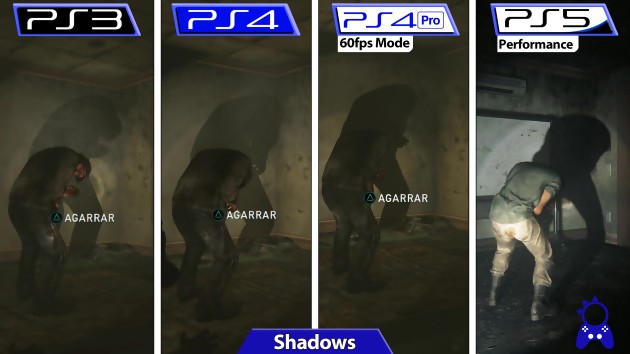Only a week left before the arrival of The Last of Us Part I, and although it is only a remaster / remake (it's up to you, even Sony does not agree above depending on the territories), a lot of new features are expected in the game. Among these, there are the accessibility options that have been added, taking up the basics of what was done with The Last of Us 2 two years ago. Adding audio description to cutscenes, using haptic feedback for dialogues, and many other accessibility features, the idea is to be able to make the game enjoyable for anyone, whoever they are. Here is the list of everything that has been achieved, knowing that all the languages in the game are involved. Hat.
The Last of Us Part I: Complete list of accessibility features
Accessibility Presets
As with The Last of Us 2, many of the accessibility features were designed to work with each other. That's why there are three presets that configure all of the recommended visual, auditory, and motor accessibility settings. You can also customize these presets to create a tailored experience.
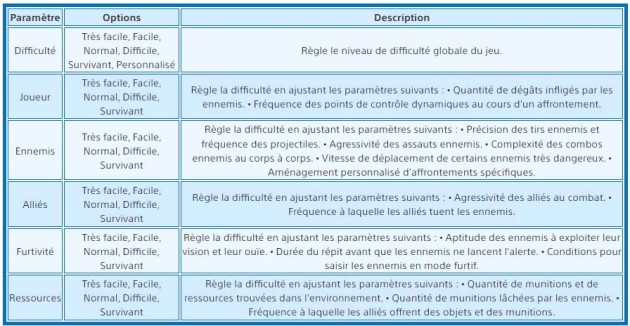
Alternative commands
You can fully customize your PS5's DualSense controller options, reassigning each control to a different key, including touchpad swipe and controller vibration. You have individual options that allow you to press rather than hold, and hold rather than quickly press.

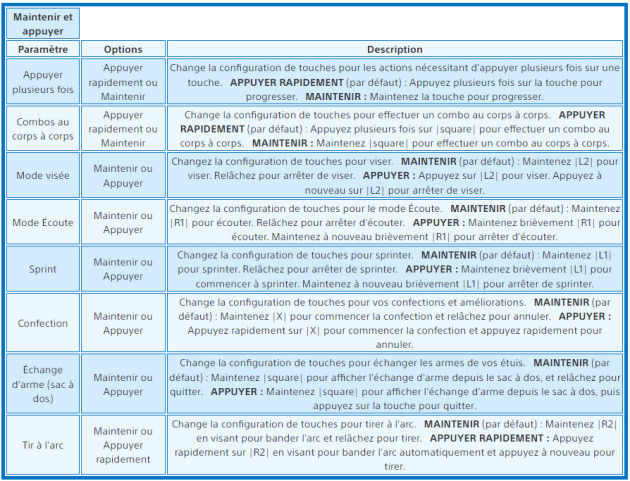

Magnification and visual aids
Options are available to fine-tune HUD size, color, and contrast to avoid frustration with text, UI, or in-game elements that are too small or hard to read, and ensure that everything be comfortable. High Contrast Display is a special rendering mode that emphasizes the contrast of game elements. There is also a Screen Magnifier that allows you to zoom in on any part of the screen with the controller's touchpad PS5 DualSense.
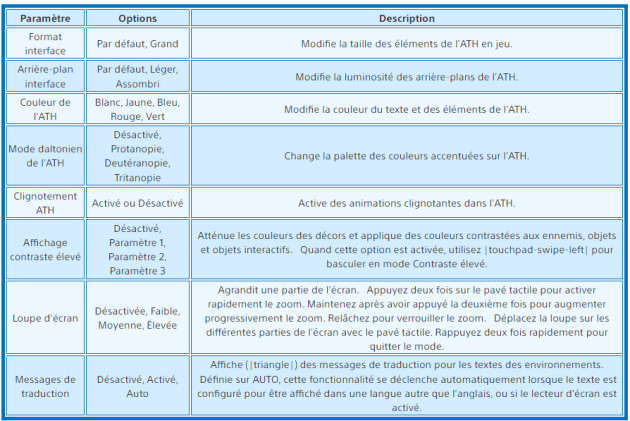
motion sickness
3D simulated movements cause discomfort to many gamers. To provide a comfortable viewing experience for everyone, we provide options to adjust camera shake, motion blur, dashcam distance, and even field of view. We've even incorporated an option to display a persistent white dot in the center of the screen that lessens that feeling.

Navigation and route
We've incorporated new ways for visually impaired and blind players to navigate the universe. Navigation assistance can guide you through the story mode adventure, or you can use the enhanced Listen Mode to explore and find enemies and items to pick up. To help you navigate the game world, there are options for simplified traversal controls, railing assistance, and the ability to skip puzzles entirely.
Text-to-speech and audio signals
Information represented only in visual form is not accessible to blind players. Several options are available to convey information through the sound and vibrations of the controller. Path and battle audio cues combine with in-game audio to create easily identifiable sounds related to recurring actions like picking up items, crossing gaps, and more. These audio signals are listed in a sound glossary that you can consult at any time. Additionally, menus and other on-screen text can be given voice through the Screen Reader option. If your console is set to English with the screen reader enabled, The Last of Us Part I will automatically enable the screen reader in-game.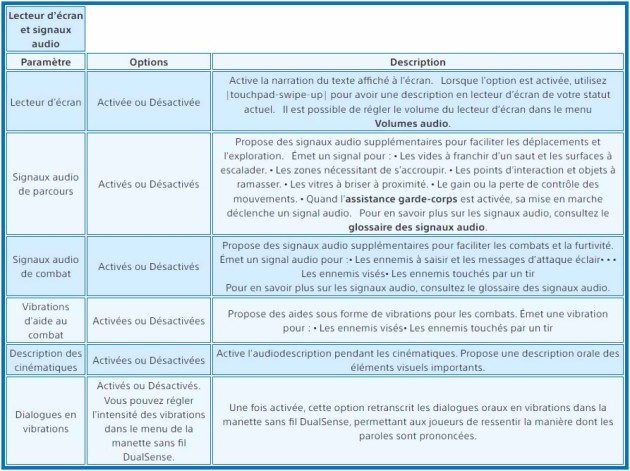
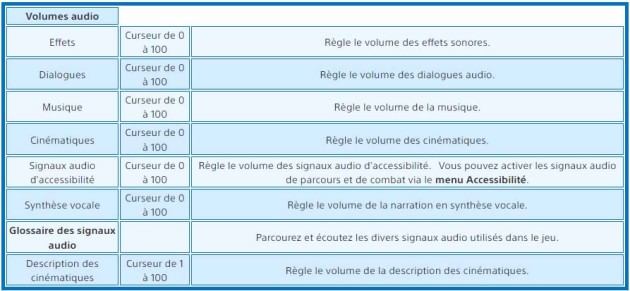
Combat Accessibility
We want combat in The Last of Us Part I to be accessible to everyone, so we've created different options that can significantly change the gameplay experience. For example, the Invisibility option allows you to take advantage of stealth, which otherwise might not be the case. If you're having trouble aiming, you can give yourself some extra time by enabling slow-motion aiming. The goal is to provide you with all the tools you might need to make the gameplay experience and combat fun and interesting.

ATH
Players who are deaf, hard of hearing or who must play at low volume or without sound do not necessarily have access to information available only in audio form. To solve this problem, Naughty Dog has included several options for displaying information in visual form. Detection indicators let you know when you've been spotted in stealth mode. You can also keep them during battles: they will show you the most dangerous enemies.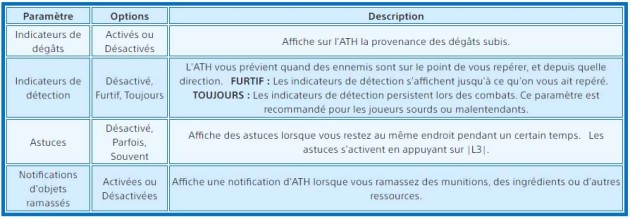
Subtitles
Subtitles are a popular accessibility option and the studio wanted to give you a wide choice of customization options. You can change its size and color, add a background for more contrast, show the name of the person speaking, and even show a directional arrow to people speaking who aren't present on the screen. You can enable subtitles for dialogues of systemic enemies in stealth mode and during fights.
Game difficulty
Among the accessibility features, The Last of Us Part I also offers different difficulty levels. Upon release, the game will offer several difficulty levels: Very Easy, Easy, Normal, Hard, Survivor, and Realistic. You can also customize certain aspects of the difficulty to shape your experience. This lets you adjust difficulty settings related to damage taken, enemy and ally effectiveness, stealth, and resources. Trophies are not difficulty level specific.













![The Last of Us 2: the whole scenario would have leaked, revealing who dies and how [MAJOR SPOILERS]](/images/posts/3facdfc187c6e556fc2b431b584bb797-0.jpg)







